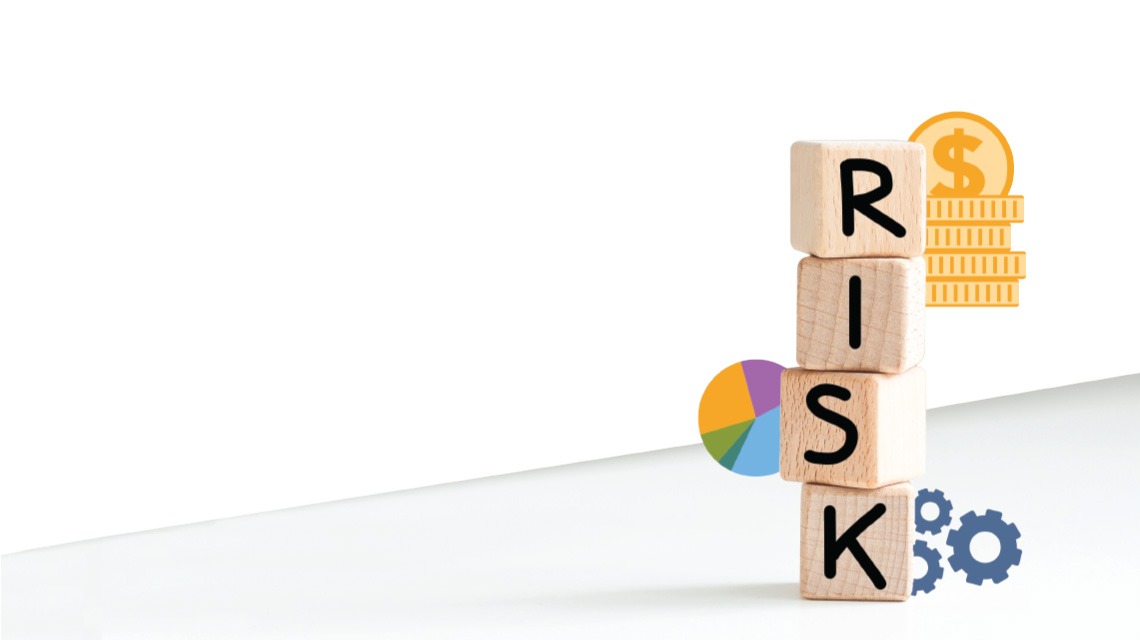Weighted risk tracking helps manage real contingency requirements
We all plan events months in advance, years in advance, or maybe even, days in advance. Regardless, we are making predictions about what might happen, what could occur. Because of that not only do our risk management plans need to be well-thought out but so do our finances to cover those risks.
Many event managers will create a line item for “contingencies” as a bulk number based on a percentage of the overall budget. That is a well-established and best practice of project managers and others around the globe. However, is there another way that we might be able to financially quantify risk rather than just a percentage of budget? Turns out there is.
Weighted Risk
All risks are not equal. Another way to view risk is by weighting them. Risk management can be sorted first by setting up a matrix according to frequency or most likely to occur and the impact of those risks. For instance, a mosquito bite is something that happens with frequency but the impact is small. A nuclear bomb is very infrequent, but the impact is large. Everything else can be plotted in between.
The concepts of frequency and impact can be directly applied to the financials of an event by adding another column to the budget. This can be noted as the risk column—adding an amount to offset, either via mitigation or insurance, to the line item.
Read More: Contingency Plans Save the Day for Events, Again and Again
When totaled at the bottom of the budget, this risk column can present a more accurate amount of what should be added as a contingency rather than a flat percentage. For instance, for a line item regarding flights, there might be a chance that flight costs could jump by 10-20% given political strife or inflation. In that case, the risk column could account for that increased amount.
Additionally, new line items can be added and not included in the general budget but rather just reflected in the risk column. A perfect example is if Covid were a top risk, then the cost of providing masks, hand sanitizers, tests and even nursing testing stations could be a line item added to the budget, and marked in the risk column with the total. If it needs to be removed, then that is where it would be deleted.
This type of precise risk pricing can be very helpful in explaining to senior management why there is a need for more budget or at minimum why there “may” be a need for more budget depending on whether these risks arise. Rather than the simple 10-20% or so of overall budget markup for risk, this can be a way to ensure executives are clear on exactly what additional budget is meant to cover.
The Human Variable
Budgeting for risk can also cover labor. As we all know, events (and clients) are notorious for increasing scope. While areas like catering and AV can raise the budget, often labor for event managers or on-site staff is not included as a risk area of increase. By pointing out the potential for additional staff costs on a line item or in a risk column, you can showcase early on that new events, new scope and new ideas can cost in terms of labor and staff.
Read More: Change Requests and How to Mitigate Risk
What this means is that you can front-load the discussion that increased scope has on both your team and contracted team members. That is how “line item risk costs” can strategically help you and your team to show your value.
While this may be a new way of showing the cost of risks inherent in any event, it can also be a way for you to strategically show your value, the value of your team. It can also showcase your analytical prowess when it comes to managing both an event and its risks.
—
 Heather Mason is CEO of Caspian Agency, a senior fellow and instructor at San Diego State University and Smart Woman in Meetings Hall of Fame winner.
Heather Mason is CEO of Caspian Agency, a senior fellow and instructor at San Diego State University and Smart Woman in Meetings Hall of Fame winner.
This article appears in the March 2024 issue. You can subscribe to the magazine here.




